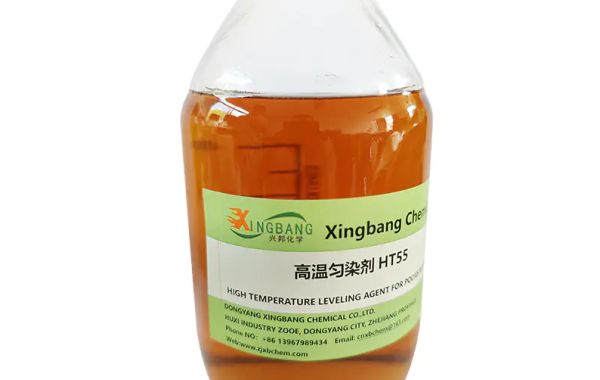The development of cationic fixing agents is evolving to meet the changing demands of the textile industry and environmental standards. Future trends in this field focus on improving performance, sustainability, and versatility.
Enhanced Eco-Friendly Formulations: There is a growing emphasis on developing cationic fixing agents with reduced environmental impact. This includes eliminating hazardous chemicals and using biodegradable ingredients. Future formulations are likely to focus on achieving high performance while being safe for both the environment and human health.
Nanotechnology Integration: Nanotechnology is being explored to enhance the efficacy of cationic fixing agents. By incorporating nanoparticles, these agents can achieve better penetration and adherence to textile fibers, resulting in improved color fastness and reduced usage of chemical inputs.
Multi-Functional Agents: Future cationic fixing agents are expected to offer multiple functionalities beyond color fixing. This includes providing antimicrobial properties, UV protection, and enhanced durability. These multi-functional agents can add value to the final textile products, catering to the growing demand for high-performance fabrics.
Customizable Solutions: As textile manufacturers seek more specialized solutions, customizable cationic fixing agents tailored to specific fabric types and dye combinations will become more prevalent. This customization ensures optimal results for various applications, from fashion to technical textiles.
Sustainable Production Processes: The production processes for cationic fixing agents are also evolving to become more sustainable. This includes reducing energy consumption, minimizing waste, and improving the overall efficiency of manufacturing operations. Sustainable production practices align with the broader industry trend towards environmental responsibility.
In conclusion, the future development of cationic fixing agents will focus on enhanced eco-friendly formulations, integration of nanotechnology, multi-functional capabilities, customizable solutions, and sustainable production processes. These trends will drive innovation and improve the overall sustainability of the textile industry.








